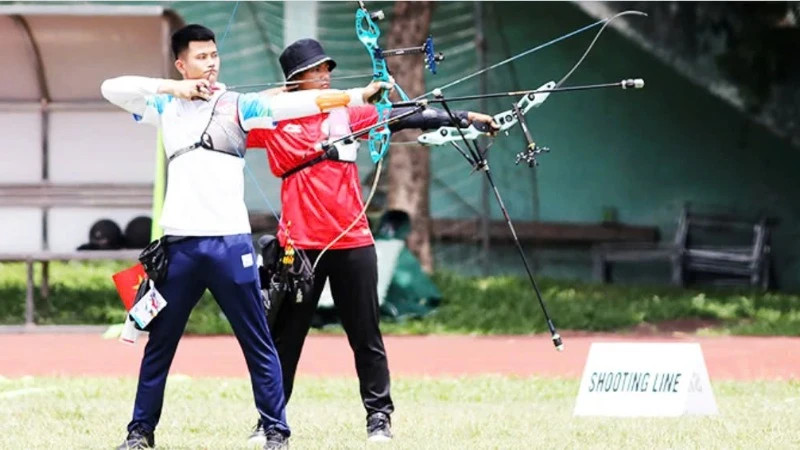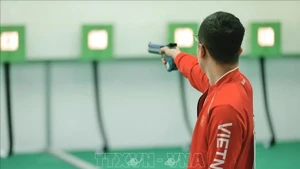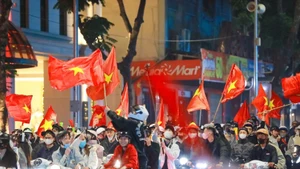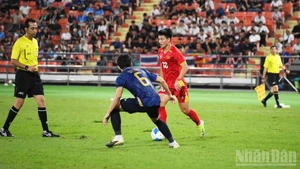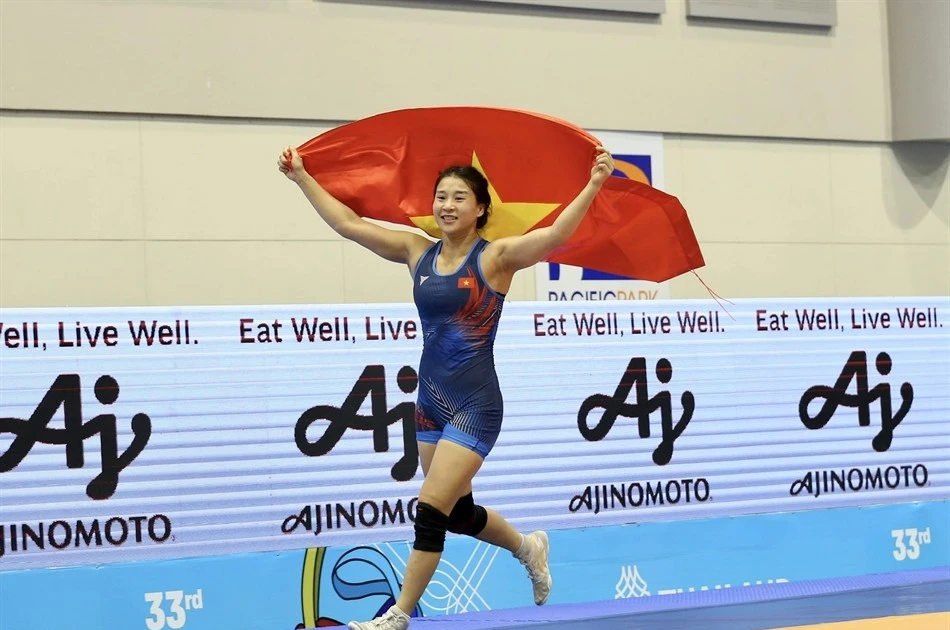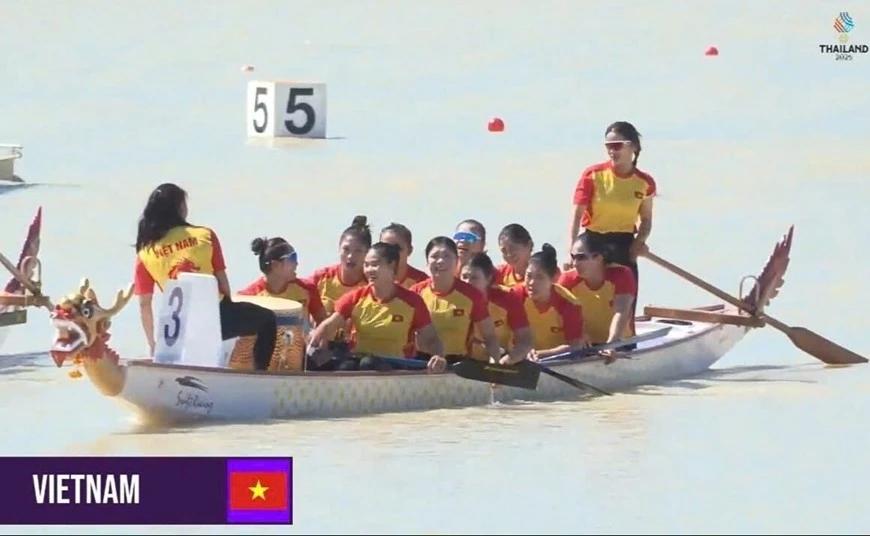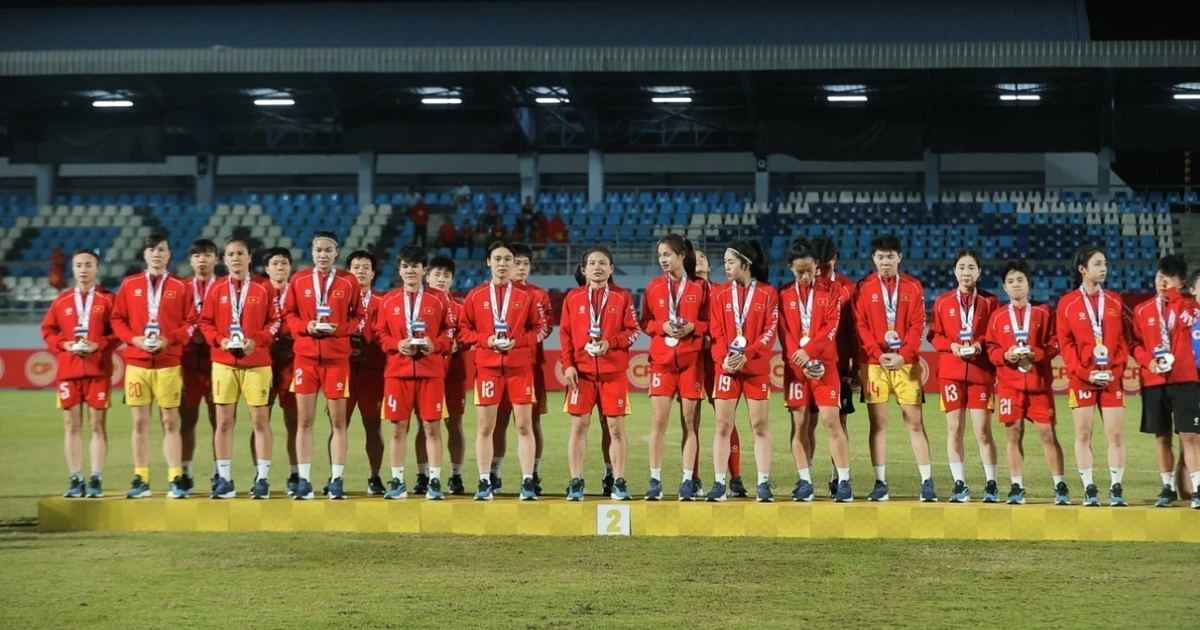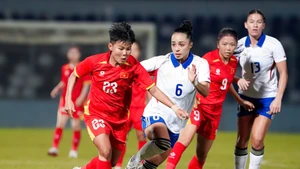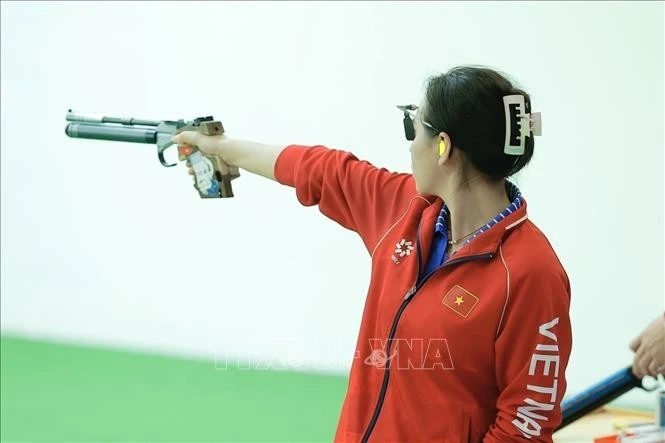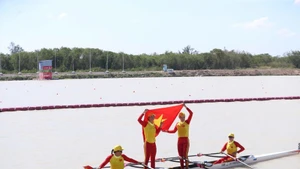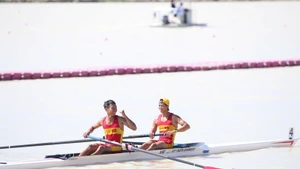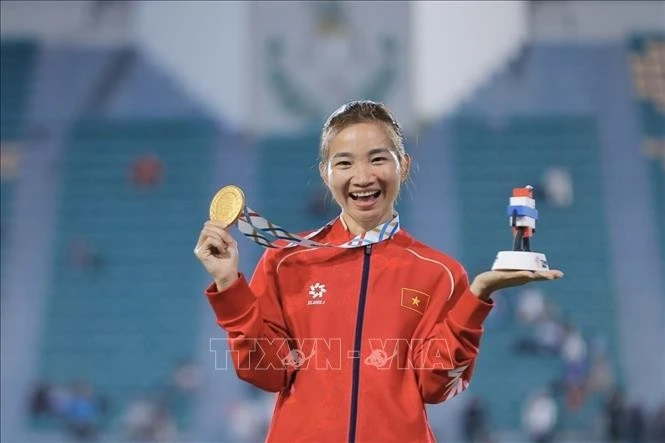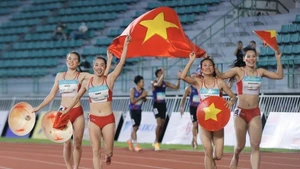In terms of resources, the training of elite athletes in Vietnam still faces many challenges. Young talent development remains limited in number, with few athletes capable of competing for medals at the Olympic or ASIAD levels. Even top athletes struggle to maintain consistent performance. The level of domestic coaches who meet continental or global standards is still very low, while facilities at national sports training centres are lacking and do not meet international standards.
One of the biggest challenges in preparing athletes for the ASIAD is funding, which affects many aspects of training. For instance, in archery, athletes often lack adequate equipment. A top archer from Thailand or the Republic of Korea typically uses 400–500 arrows daily, while key Vietnamese athletes only use about 200–300 arrows daily.
In fencing, Vietnamese athletes do not have access to standard swords, and the shortage of practice swords has been a recurring issue for both senior and youth teams for years. The national shooting team frequently lacks funding, leading to “dry training” without bullets. The annual budget for this sport, including training and competing in international events, is only about 3.3 billion VND (roughly 150,000 USD), whereas actual needs are around 10 to 12 billion VND (about 500,000 USD).
Hiring foreign experts is crucial for athlete development. However, with a need for 35–40 specialists and a monthly salary of 6,000–8,000 USD each, current resources fall short. World-class experts in Olympic-level shooting and archery command even higher salaries.
In terms of nutrition, coaches and athletes currently follow Circular No. 86/2020/TT-BTC by the Ministry of Finance. Coaches and athletes who are part of national teams and have the potential to win medals at the Asian Games or Youth Olympics, or qualify for the Olympics, including Paralympic athletes, receive a daily nutritional allowance of 640,000 VND (24.84 USD) per person. This amount does not meet current needs or market prices. Benefits for Olympic and ASIAD medallists are also outdated compared to today’s standards.
Global best practices in elite athlete training offer valuable lessons. In the US, sports investment is based on a school sports foundation, fuelled by corporate sponsorships and cutting-edge training technologies. In the Republic of Korea, the government combines national resources with major corporate support to focus on core sports like archery, taekwondo, and track cycling. China emphasises early training for athletes with medal potential in sports such as weightlifting, shooting, diving, table tennis, and badminton, some starting as early as ages six to ten.
Currently, elite athlete investment in Vietnam relies almost entirely on the state budget. As a result, sports administrators are still waiting for larger support. However, the need for the sector to gain autonomy in allocating key investments is immediate. Following Ministry of Finance regulations, the sports sector spends trillions of Vietnamese dong annually but cannot allocate 10 billion VND (388,120 USD) to shooting alone, as the budget must be spread across many sports, including mass participation sports.
Experts estimate that Vietnam has only about 10 athletes capable of contending for Olympic medals, mostly in shooting and archery. These athletes represent the country’s greatest hope for the upcoming 2028 Olympics. This group, along with a few others, are also the most likely candidates to win medals at the 2026 ASIAD.
The most pressing challenge now is securing additional funding and initiating reforms that would allow the sports sector to independently invest in a select group of talented athletes, rather than spreading resources thinly. Implementing a focused development programme for key sports in preparation for the Olympics and ASIAD during 2026–2046 will require long-term and concentrated support.
